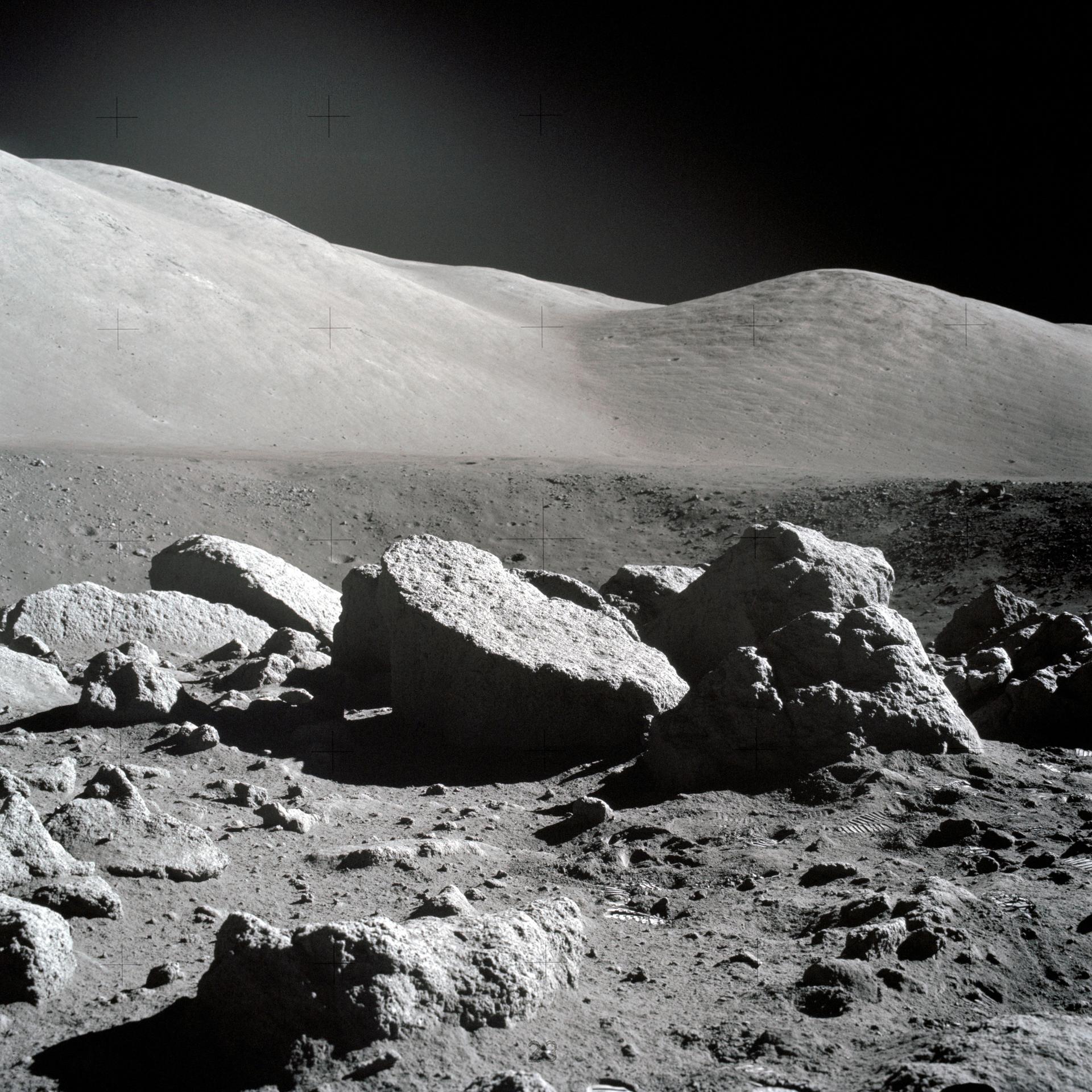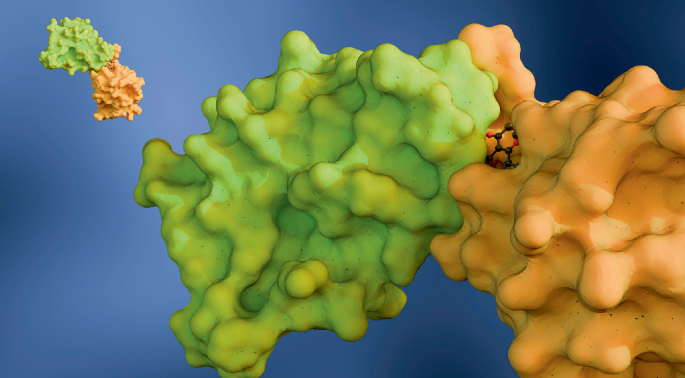Now Reading: Understanding Lunar Regolith: A Guide for Young Learners
-
01
Understanding Lunar Regolith: A Guide for Young Learners
Understanding Lunar Regolith: A Guide for Young Learners

Quick summary
- Lunar Regolith: The Moon’s surface is covered by a dusty, rocky layer called lunar regolith, formed from meteorite impacts over time.
- Challenges: Lunar regolith consists of sharp, jagged particles that stick too spacesuits, tools, and spacecraft surfaces. It can harm astronauts (causing coughing and irritation) and damage machines like solar panels and radiators.
- NASA Efforts: Scientists have developed technologies like Electrodynamic Dust Shields (EDS), which use electricity to repel regolith particles, as well as SCALPSS cameras to study how regolith behaves during spacecraft landings.
- Scientific Collaboration: Various experts-including planetary geologists, chemists, astrobiologists, engineers-work on understanding lunar regolith for safer Moon exploration.
Indian Opinion Analysis
The challenges posed by lunar regolith highlight the complexities of space missions and the importance of advanced scientific solutions. for India’s growing ambitions in space exploration-exemplified by missions like Chandrayaan-the findings on lunar dust mitigation may offer valuable insights for future projects. Collaborative research with agencies like NASA can not only enhance India’s understanding but also ensure safer operations for astronauts or robotic systems on extraterrestrial surfaces. Investments in adaptable technologies such as dust shields or mapping systems could shape India’s contributions to global lunar exploration while improving mission efficiency.


























